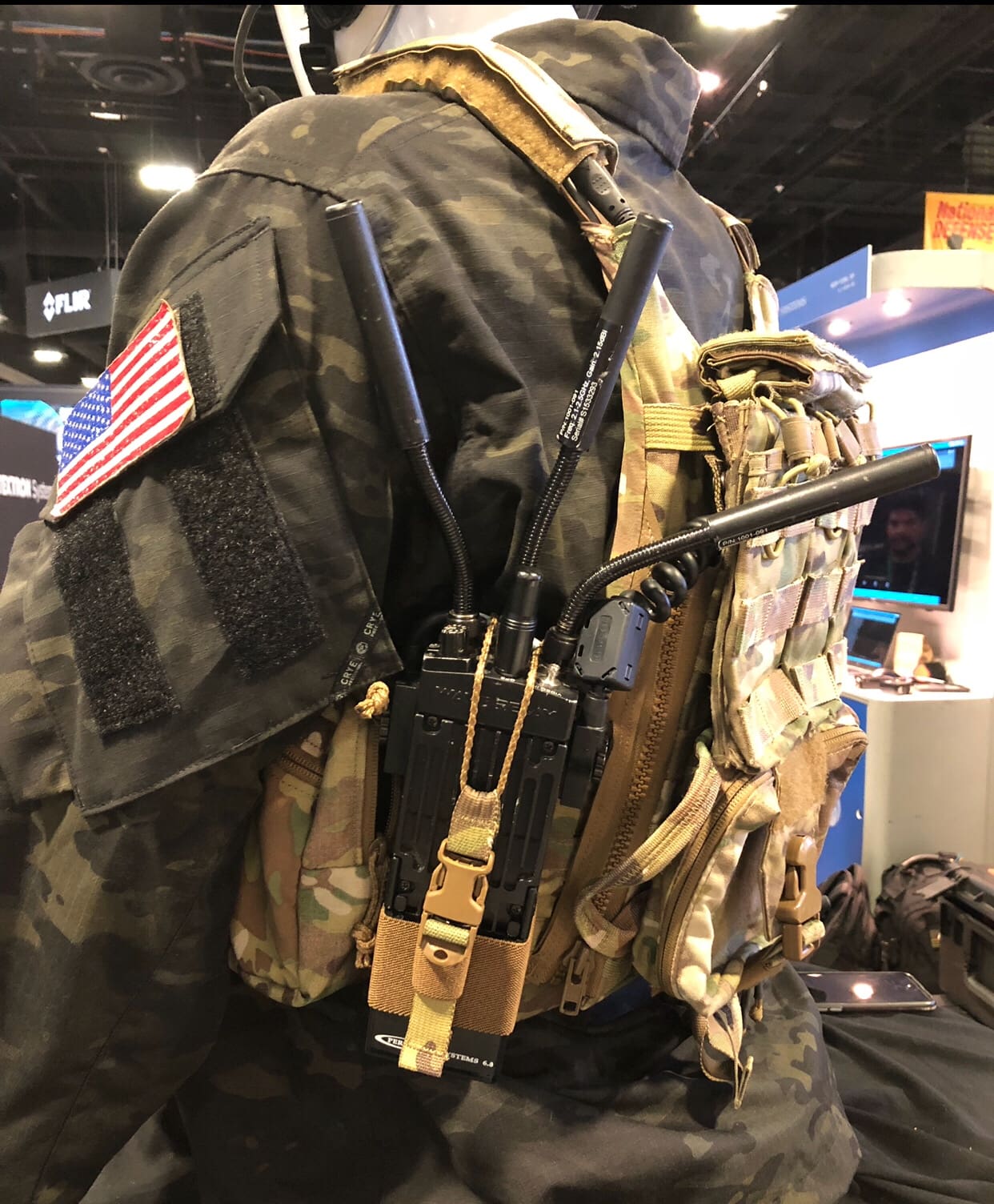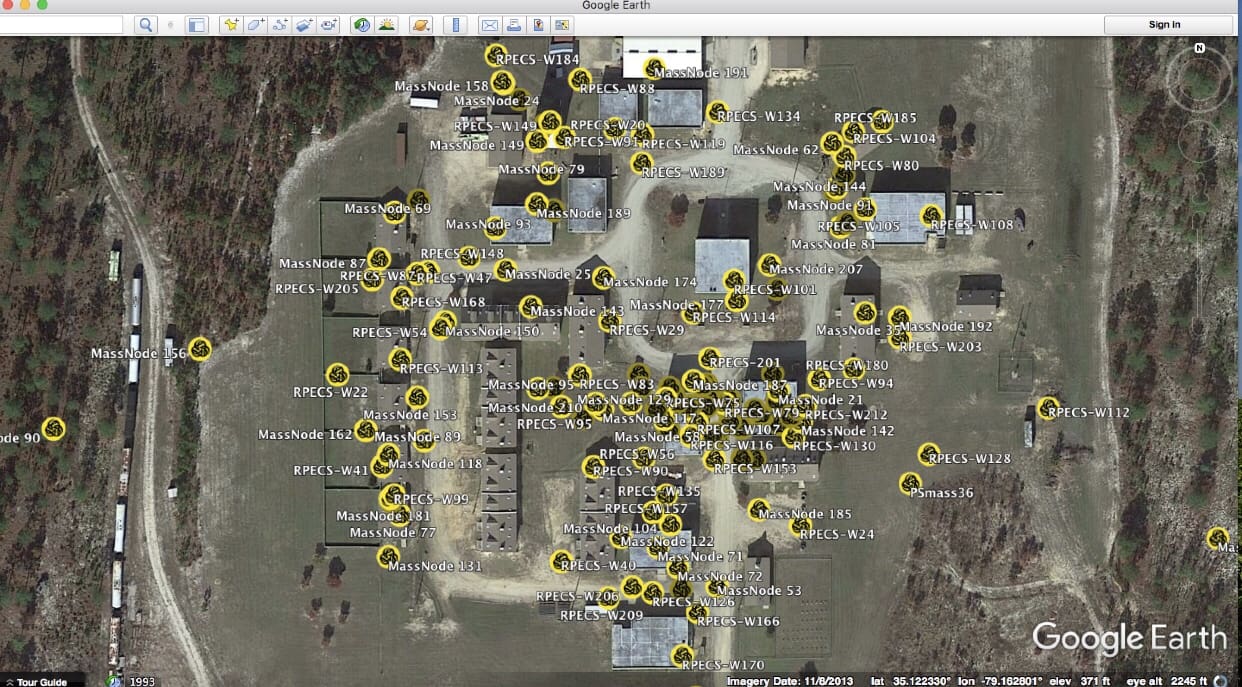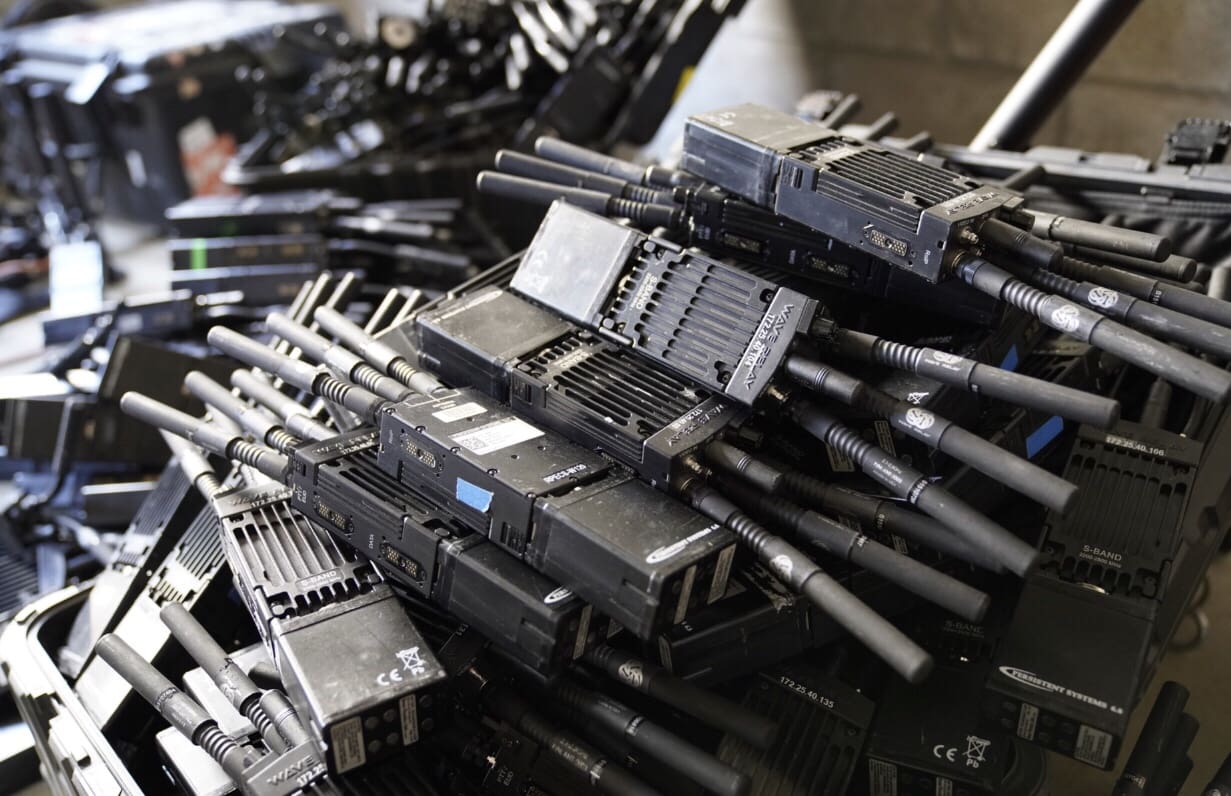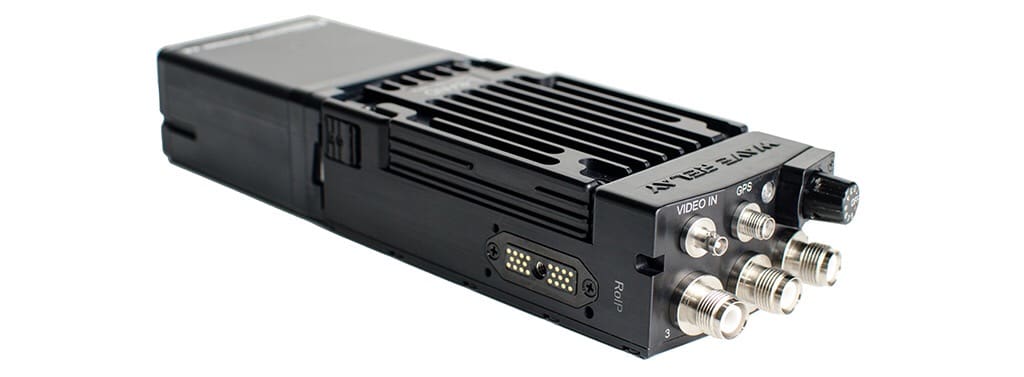Easy-to-mount L-Band unit offers affordable, extended coverage networking in remote areas
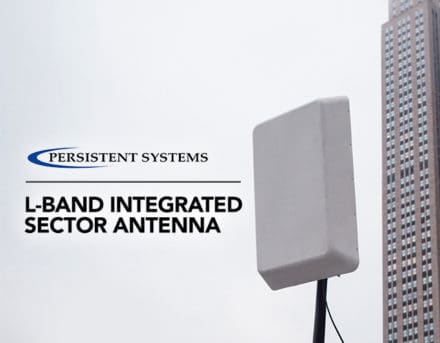
NEW YORK, New York—Persistent Systems, LLC (“Persistent”) announced today the release an L-Band Integrated Sector Antenna, designed to support high-bandwidth network users on forward operating bases, test ranges, and other remote or sprawling military sites.
The L-Band Integrated Sector Antenna, a part of the Integrated Antenna Series line of products, directly incorporates the same highly scalable Wave Relay® mobile ad hoc network (MANET) as Persistent’s MPU5 tactical networking device. It encapsulates a 10W L-Band RF module within a 12 dBi sector antenna to provide 90° beam width of unprecedented range and performance. With the MPU5, military operators can share voice, video, text, location, and sensor data while on the move.
“The L-Band sector antenna, working in conjunction with a fixed directional antenna, as part of our Integrated Antenna Series, extends the reach of these MPU5 users,” said Louis Sutherland, VP of Business Development at Persistent Systems, “so they can connect all the way back to the enterprise network.”
This gives users access to additional sensors and software, making operators more effective in the field.
The weather-protected L-Band sector antenna can be mounted on a pole, tower or building and can blanket large areas. The combination of the antenna and the network in one device, plus a simple mounting bracket and single cable for power and data, makes it extremely fast and easy to deploy.
Sutherland expects the full range of the Integrated Antenna Series to be a game-changer. “When covering hundreds of miles, speed and simplicity of installation become the limiting factor. These antennas were purpose-built to reduce this time, cost, and complexity,” he said.



